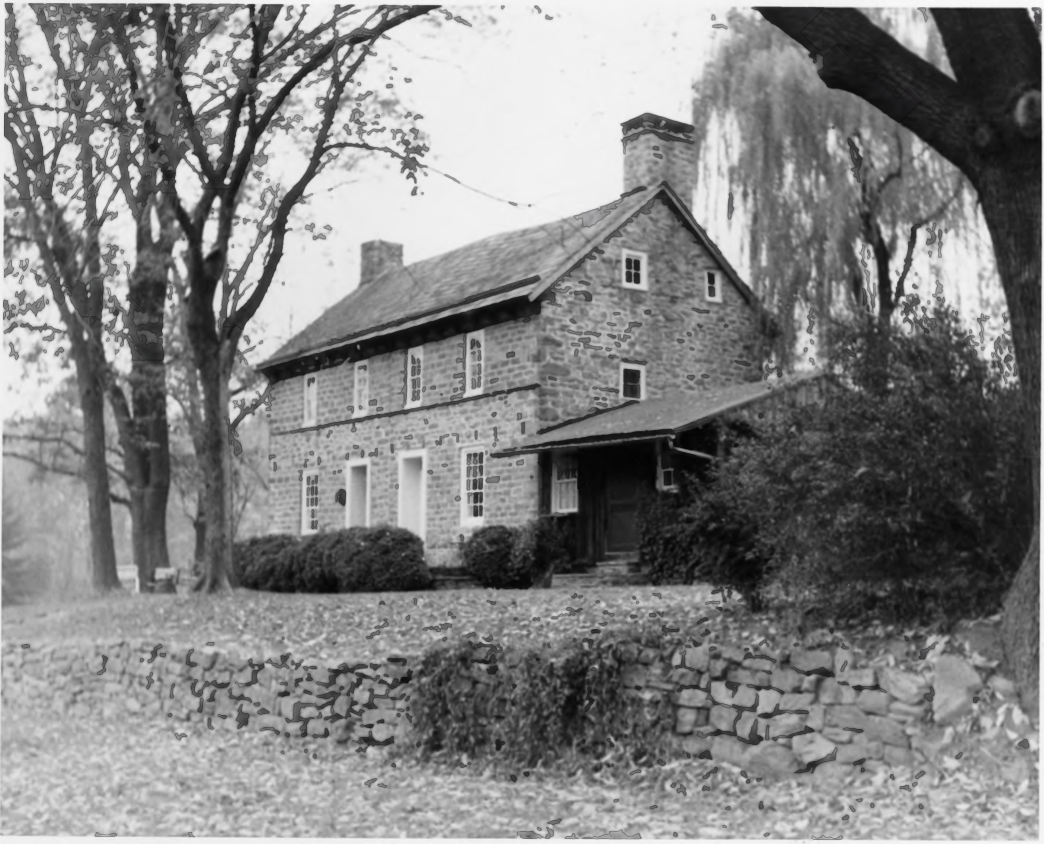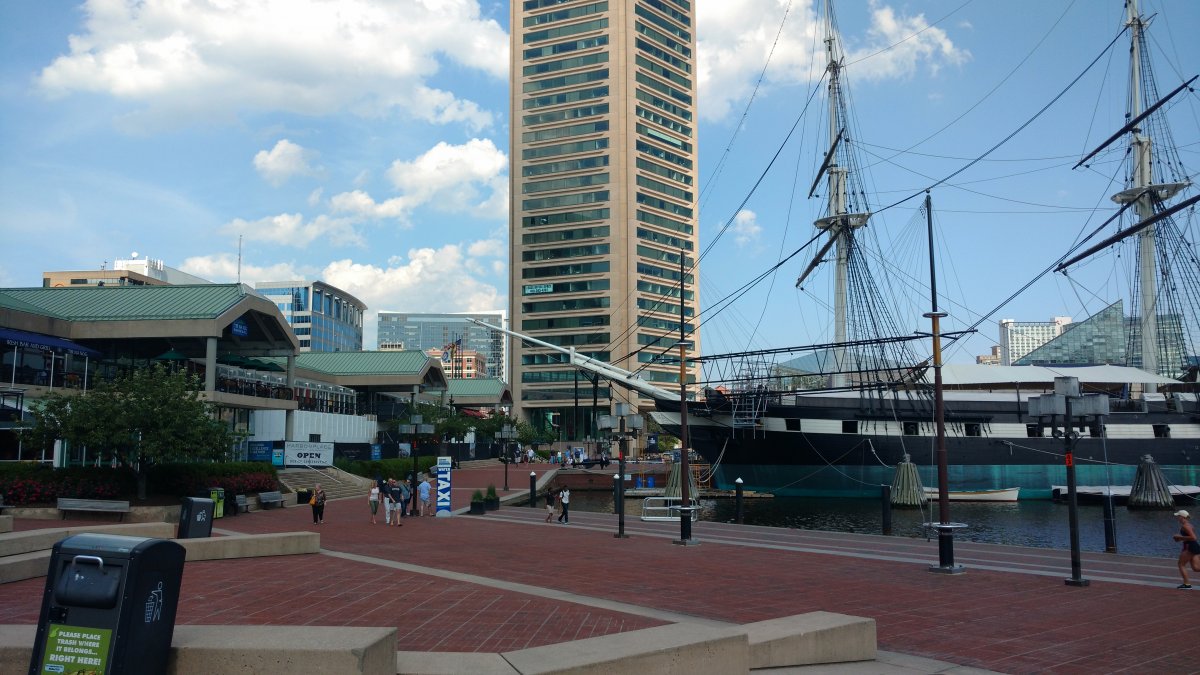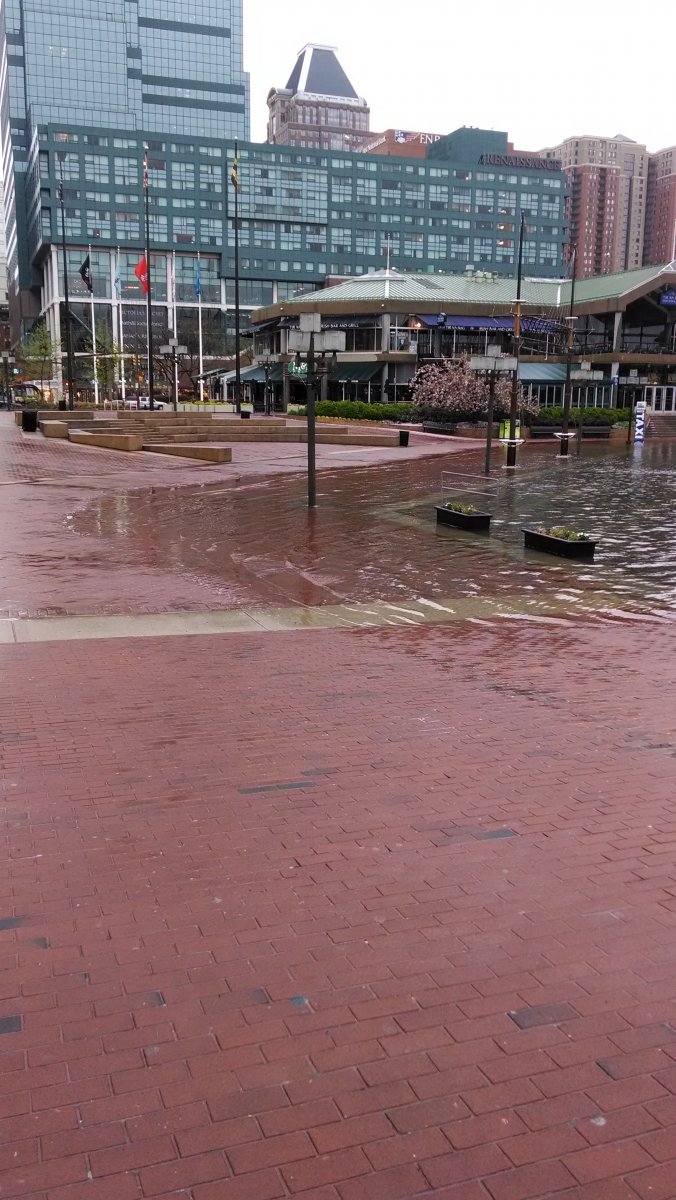Embrace the Environment—Learn. Do. Share.
The Honey Hollow Watershed Conservation Area was created in 1939 in eastern Pennsylvania. It was formed by five families who owned farmland along the Honey Creek. They were concerned because their fields were washing away. The erosion of their fields was caused by farming methods, especially cultivation by machinery. With support from the regional Soil Conservation Service, the Honey Hollow Project became a model of cooperative efforts to conserve soil, water, wildlife, and, ultimately, farmland. Honey Hollow Watershed was declared a National Historic Landmark in 1969.
 Crooks farmhouse. Image: Crook’s House- NPS, National Register collection
Crooks farmhouse. Image: Crook’s House- NPS, National Register collection
The summer after fifth grade, I had the opportunity to attend an environmental education program held at Honey Hollow. I heard firsthand accounts of the conservation efforts from Forrest Crooks and Alston Waring. Their voices expressed the love and respect they had for the land. I learned about the plants and animals of the watershed by being in the forests, fields, and creek. My friend, Jeanne Marie, and I used leaves and a stopwatch to determine the flow rate of the creek and we wrote a detailed report on our research. This was not a dry school assignment. This was summertime fun!
My two summers at Honey Hollow (yes, I went back the next year) set the stage for a love of science, an appreciation for the world around me, and a personal goal of reducing my impact on the environment. How do you learn about the world around you?
In 1977, the United Nations Educational, Scientific and Cultural Organization (UNESCO) organized the Intergovernmental Conference on Environmental Education. The resulting Tbilisi Declaration includes a definition of environmental education.
Environmental education is a learning process that increases people’s knowledge and awareness about the environment and its associated challenges; develops the necessary skills and expertise to address the challenges; and fosters attitudes, motivations, and commitments to make informed decisions and take responsible action.
The Tbilisi Declaration also states that environmental education should be provided for all ages, in both formal and non-formal settings, and that environmental education must look outward to the community and involve individuals in an active problem-solving process. A goal of environmental education is to encourage initiative and a sense of responsibility and commitment to build a better tomorrow.
Capturing these ideas with a charge of learn, do, and share, National Environmental Education Week 2018 starts on April 23. During EE Week, and throughout the year, the National Environmental Education Foundation encourages people to engage in their environment. Here are some of my suggestions for ways to learn, do, and share during EE Week and pretty much forever.
Visit a local park or natural area. Select a location within the park and return regularly to see how it changes with time. I live in Baltimore City and walk through the Inner Harbor regularly. I watch how the water level varies and when the different flowers bloom in the spring.
 Image: Melissa J. B. Rogers
Image: Melissa J. B. Rogers
 Image: Melissa J. B. Rogers
Image: Melissa J. B. Rogers
Talk to an “old-timer.” Someone can tell you about the history of your neighborhood or their favorite outdoor place. Ask what they most love about the place and how it has changed over time. Hearing about Honey Hollow directly from those men who worked the land was amazing.
Learn how humans are affecting the environment. Find at least one change that you can make to limit your impact. You don’t have to learn about this on your own. One great place to start is at an environmental education center. Like the one that now exists at Honey Hollow.
You can also learn, or teach, about the environment in the classroom. The Smithsonian Science Education Center has released a new series of elementary grade engineering design modules. The Smithsonian Science for the Classroom engineering modules for grades 2 through 5 are all related to solving environmental problems. More information on the following modules can be obtained at:
Grade 2: How Can We Stop Soil from Washing Away?
Grade 3: How Can We Protect Animals When Their Habitat Changes?
Grade 4: How Can We Provide Energy to People’s Homes?
Grade 5: How Can We Provide Freshwater to Those in Need?